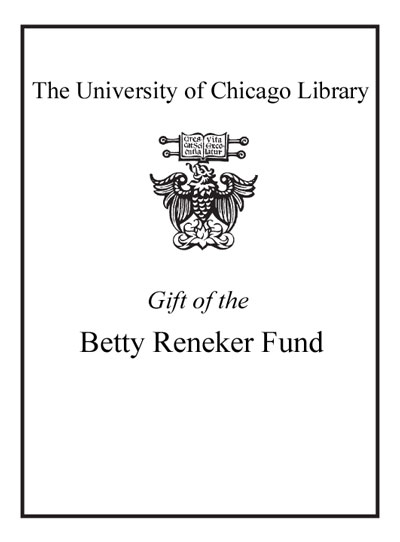| Summary: | This volume provides a comprehensive, state-of-the-art overview of the pathogenesis, treatment and treatment effects of chronic anaemia of cancer as well as chemotherapy- and radiotherapy-induced anaemia. It is the result of a joint effort by the members of the European School of Oncology (ESO) Task Force on Anaemia in Cancer and the participants of an ESO Symposium on this topic. negative prognostic factor for clinical outcome in cancer patients. In addition, there is evidence that tissue hypoxia contributes to the progression of malignant disease by inducing a more malignant phenotype, stimulating angiogenesis within tumour tissues, and diminishing the sensitivity of tumour cells to chemotherapy and radiation therapy. traditional treatment for anaemia - the transfusion of red blood cells - has significant limitations. This situation has changed dramatically with the introduction of recombinant human erythropoietin, which acts as an important physiological stimulator of human erythropoiesis. The beneficial effects of erythropoietin markedly exceed those of transfusions. Erythropoietin can lead to complete, long-term normalization of anaemia which in turn results in a significant improvement in anaemic cancer patients' quality of life and physical exercise capacity.
|
|---|


